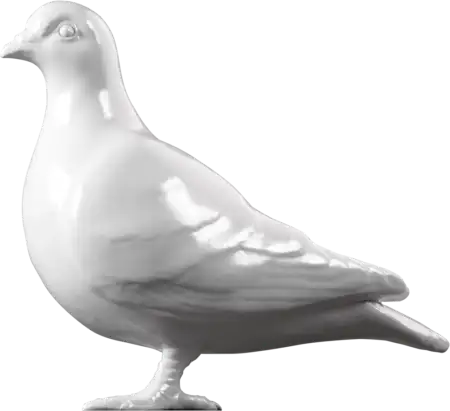Social History — C. 1951
Model
The Great Exhibition of the Industry of All Nations took place in Hyde Park between 1 May and 15 October 1851. The Great Hall, built to accommodate the exhibition, was dubbed the 'Crystal Palace' by the satirical magazine Punch. The building was designed by the landscape gardener and architect, Joseph Paxton. After the Exhibition closed, the building was dismantled by Act of Parliament and moved to Penge Park, Sydenham. The rebuilt Crystal Palace was opened by Queen Victoria in 1854 and became an enormously popular visitor attraction. The Crystal Palace was eventually destroyed by fire in 1936.
This model of the 'Crystal Palace' was produced for the Festival of Britain in 1951. It was made for the Centenary Pavilion, a steel and glass structure commemorating the Great Exhibition. The model was displayed in a two-tier glass case with a diorama of the opening of the Great Exhibition below. A loud speaker played the 'Hallelujah Chorus' from Handel's Messiah above. Handel's music had been performed at the opening of the Great Exhibition in 1851. The pavilion was built on a platform opposite the Shot Tower and was accessible to the public via a steel staircase. The contents of the pavilion were designed by Christopher Ironside and Robert Wetmore.
Production of scale models and displays was overseen by F.E. Ward and R.G. Basden. The Cockade firm was established by Sir Stephen Tallents, a former public relations officer at the GPO and the BBC. Other directors included Richard Guyatt, Professor of Graphic Arts at the Royal College of Arts and Sir Hugh Casson, Director of Architecture for the Festival of Britain. Cockade worked on most of the exhibits on the South Bank.
- Category:
- Social History
- Object ID:
- 72.260/37
- Object name:
- model
- Object type:
- Artist/Maker:
- Cockade Ltd
- Related people:
- Related events:
- Related places:
- Production date:
- c. 1951
- Material:
plastic, wood, paper, iron, paint
- Measurements/duration:
- H 265 mm, L 3150 mm, D 853 mm
- Part of:
- —
- On display:
- —
- Record quality:
- 100%
- Part of this object:
- —
- Owner Status & Credit:
Permanent collection
- Copyright holder:
digital image © London Museum
- Image credit:
- —
- Creative commons usage:
- —
- License this image:
To license this image for commercial use, please contact the London Museum Picture Library.

